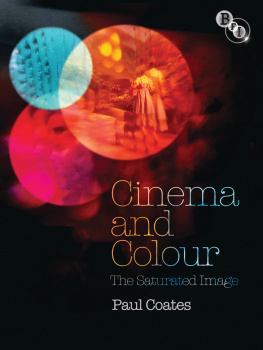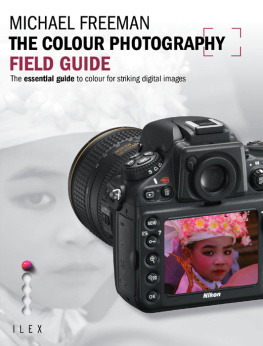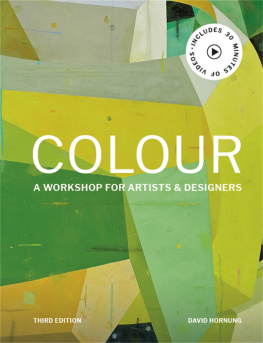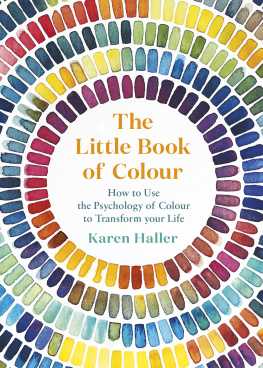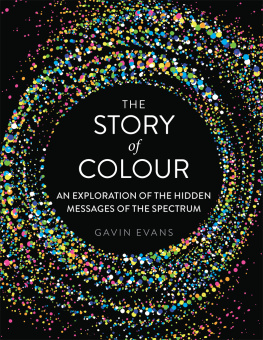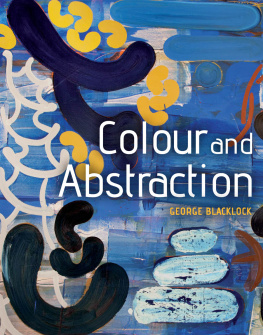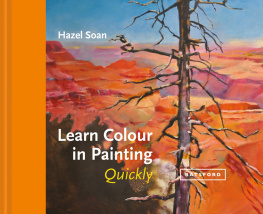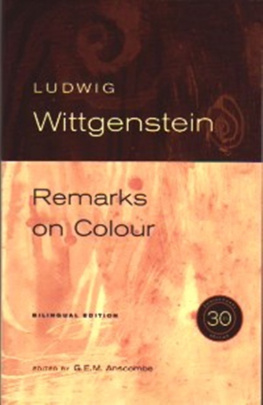Table of Contents
Guide
COLOUR, LIGHT and WONDER
in ISLAMIC ART
COLOUR, LIGHT and WONDER
in ISLAMIC ART
Idries Trevathan
SAQI
Saqi Books
26 Westbourne Grove
London W2 5RH
www.saqibooks.com
Published 2020 by Saqi Books
Copyright Idries Trevathan 2020
Idries Trevathan has asserted his right under the Copyright, Designs and Patents Act, 1988, to be identified as the author of this work.
This book is sold subject to the condition that it shall not, by way of trade or otherwise, be lent, resold, hired out, or otherwise circulated without the publishers prior consent in any form of binding or cover other than that in which it is published and without a similar condition including this condition being imposed on the subsequent purchaser.
ISBN 978 0 86356 145 0
eISBN 978 0 86356 190 0
A full CIP record for this book is available from the British Library.
Printed by Printworks Global Ltd, London/Hong Kong.
Contents
SECTION ONE (between pages 8081)
SECTION TWO (between pages 160161)
THE CELEBRATED ART HISTORIAN JOHN GAGE offers the brilliant, but seemingly self-evident assertion that colour in art is the most vivid surviving manifestation of general attitudes to colour expressed in visual form. Because our experience of colour has always been commonplace, he proposes that it is through art that one can understand historic colour value and meanings. In many ways, this book is an exploration and discussion of this idea. It looks at a work of art and the materials used to create it with the aim of trying to understand the contexts that framed the aesthetic experience of colour within the premodern Islamic world. It attempts to shed light on the experience of the viewer, as well as attitudes towards colour, aesthetics and the intellectual background. This is pursued in order to understand more fully the particular use of colour in a work of art and the implications of the premodern Muslim aesthetic experience of colour more generally.
Research into colour meaning in Islamic art is worthy of greater attention. Certain aspects of the subject have occasionally engaged the attention of historians: for instance, in 2009 some of the worlds leading Islamic art historians were brought together to explore the subject further, at the Hamad Bin Khalifa Biennial Conference And Diverse Are Their Hues: Colour in Islamic Art and Culture. Nevertheless, the subject has remained largely unexplored.
Interestingly, although he has not focused specifically on Islamic art, John Gage more than anyone else has furthered the study of colour in art by providing clear and coherent commentaries on a historical understanding of colour in his two books Color and Meaning: Art, Science, and Symbolism and Color and Culture: Practice and Meaning from Antiquity to Abstraction.
It would seem natural to assume that any art historian would examine art in relation to the larger picture, including contemporary texts, in order to consider the intellectual context of the period in question. Yet, in relation to colour, this approach is surprisingly novel in the study of Western art and uncommon in the study of Islamic art. Referencing the wider historical, social and cultural contexts is highly pertinent to the study of colour in Islamic art since very little is available in the way of artistic and aesthetic treatises. Yet few attempts have been made to discover the relationship between an Islamic understanding of colour and what is evident in the works of art themselves. This raises the question whether using the artwork itself to look at colour perception might enable scholars to understand ways in which premodern Muslims expressed ideas about colour from within their own aesthetic context.
The present work aims to understand colour in relation to the Islamic artists worldview. The work of Gage presents a model, not only in relation to his findings on colour in art and culture, but also his integrative approach, that draws on a range of intellectual and historical disciplines including science, philosophy, religion and art. Using the artwork itself to look at aesthetic contexts in relation to colour will enable this study to further understand the ways premodern Muslims may have understood and engaged with colour in art.
The scope of this book is at the same time broad and intentionally limited. Broad, because it looks at colour, which is a phenomenon forming part of basic human experience, by examining ideas, objects and buildings that span continents and large swathes of history, and limited, because the subject of colour is so vast as to make any exhaustive treatment unattainable. The intention here is to examine Islamic ideas about colour through the prism of one building: the seventeenth-century Masjid-i Shah in Isfahan. Representing one of the finest examples of colour use on a grand scale anywhere, this mosque bears witness to a long and celebrated tilemaking tradition that possessed a highly sophisticated knowledge of the laws of colour, both technically and aesthetically. According to the great historian of Persia Arthur Pope, the saturation and intensity of harmonious colours found on the Masjid-i Shah (Shah Mosque) is no less than a
culmination of a thousand years of mosque building in Persia... the formative traditions, the religious ideals, usage and meanings [and the] ornamentation are all fulfilled and unified in the Masjid-i-Shah, the majesty and splendour of which places it among the worlds greatest buildings.
This technical and aesthetic peak did not arise in cultural or scientific isolation but emerged alongside, or as a result of, a great culmination of metaphysical writings on light and colour by some of the most important scholars in Islamic and Persian history.
The Safavid era is marked by a coalescence of four prominent Islamic schools of thought that placed light and colour at the core of their writings: the Ishraqi (Illuminist) School of Suhrawardi; the Irfani (gnostic) School of Ibn Arabi; the Peripatetic School of Ibn Sina; and the School of Kalam (theology) of al-Ghazali. In addition, an intellectual edifice which has its basis in the teachings of the above schools, as well as the specific tenets of Shiism as found in the Quran and the traditions of the Prophet and Imams, reached its completion. A synthesis is created which reflects a millennium of Islamic intellectual life. This work considers these various philosophies and wisdom traditions, as well as their integration during the Safavid period, as part of the wider intellectual context surrounding the aesthetic experience of colour, particularly in relation to the Masjid-i Shah.
In order to understand more about how contemporary viewers may have experienced the materials employed in the decoration of the building, I attempt to excavate descriptions of coloured materials that would have been experienced similarly to the colourful glazed tilework used in the Masjid-i Shah. Such descriptions are drawn from a variety of sources, including travelogues and histories as well as the classical Arabic dictionaries, notably the Lisan al-Arab (Arab Tongue). Descriptions of buildings and objects are taken from travelogues which include the eleventh-century writings of Nasir-i Khusraw, those of the thirteenth-century traveller Ibn Jubayr and the seventeenth-century traveller Evliya Celebi. I also include some terms taken from Arabic poetry that describe and evaluate colours, since the language and outlook of the Arab world provided a cultural heritage for the wider Islamic world including that of the Safavids. Attention is given to writings that address physical and physiological aspects of the experience of colour. Examples of this type of literature include lapidaries by Nasir al-Din al-Tusi (d. 1274), Kashani (d. 1258) and Nishaburi (d. 1300) and artistic treatises by Safavid court calligraphers and artists such as Sadiki Beg (d. 1610) and Dust Muhammad (d. 1565), all of which describe different aspects of either colour mixtures, making paint or painting. This category also includes Ibn al-Haythams
Next page


